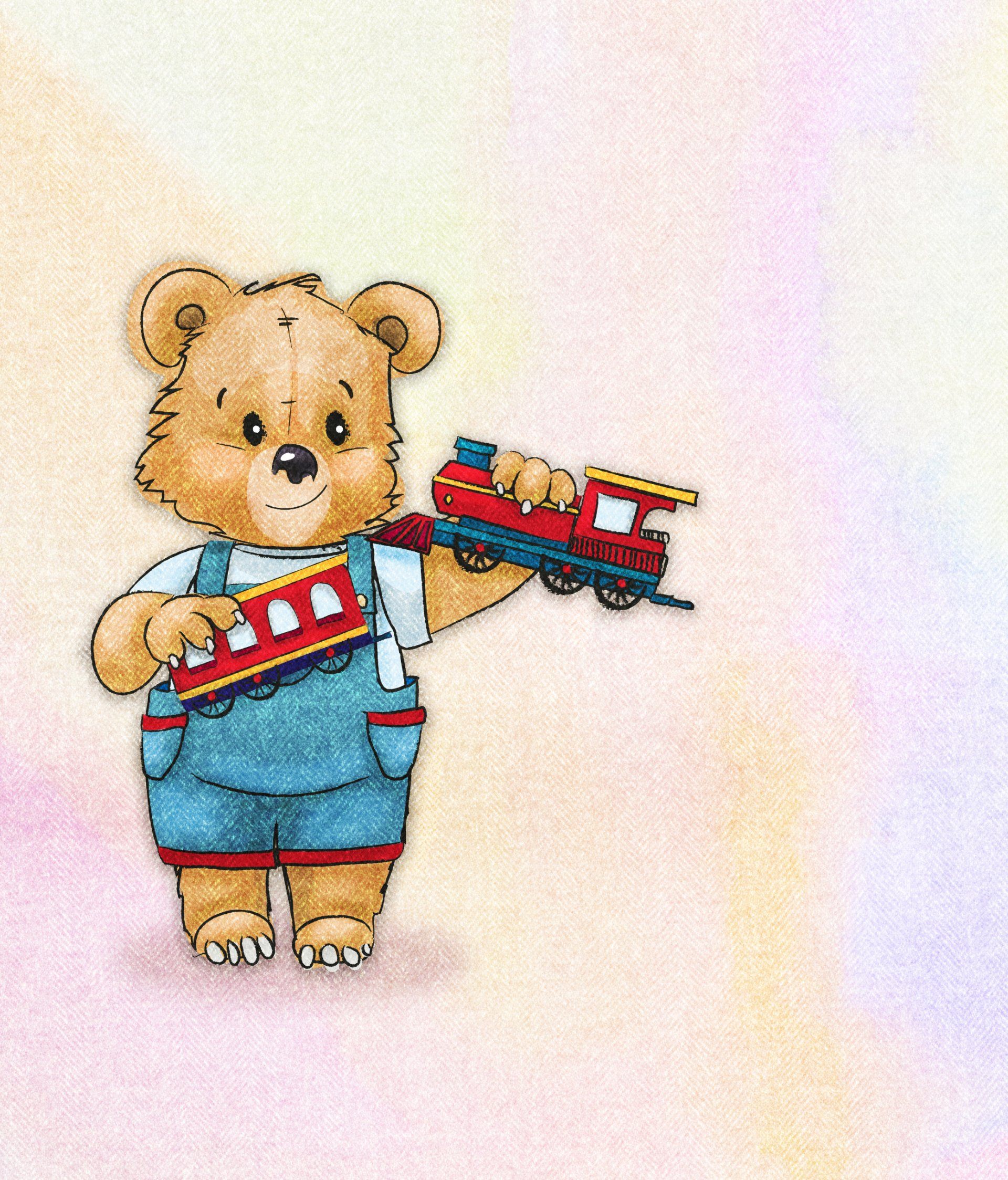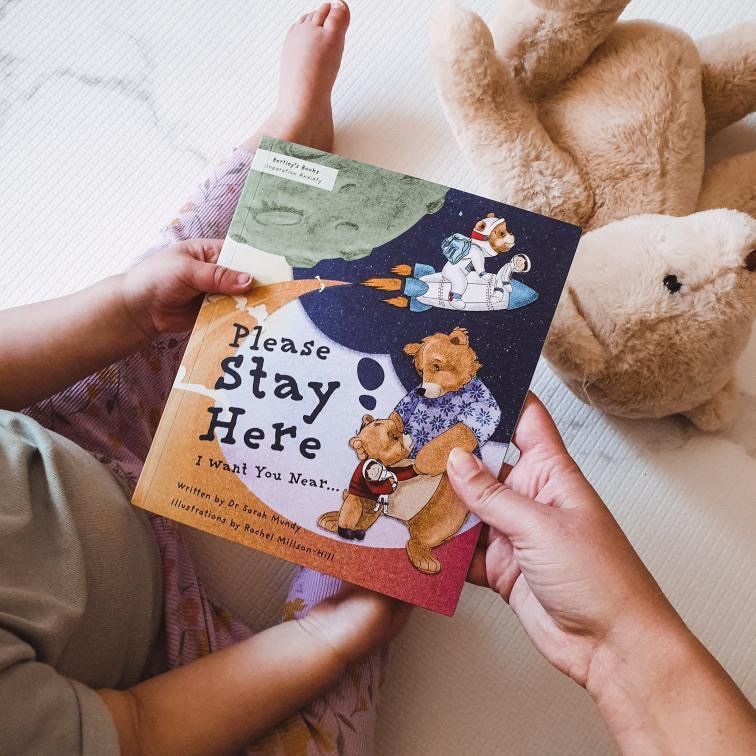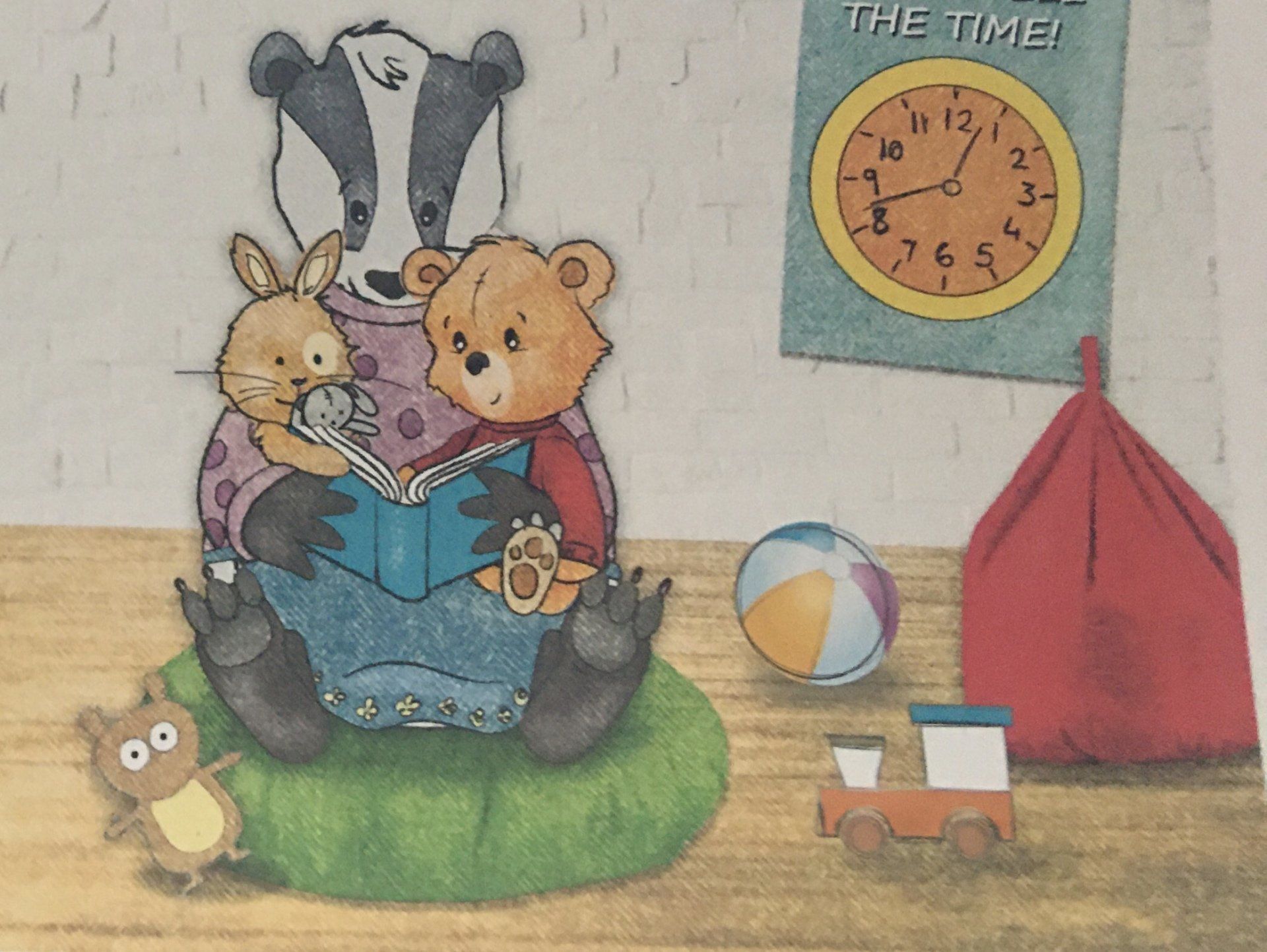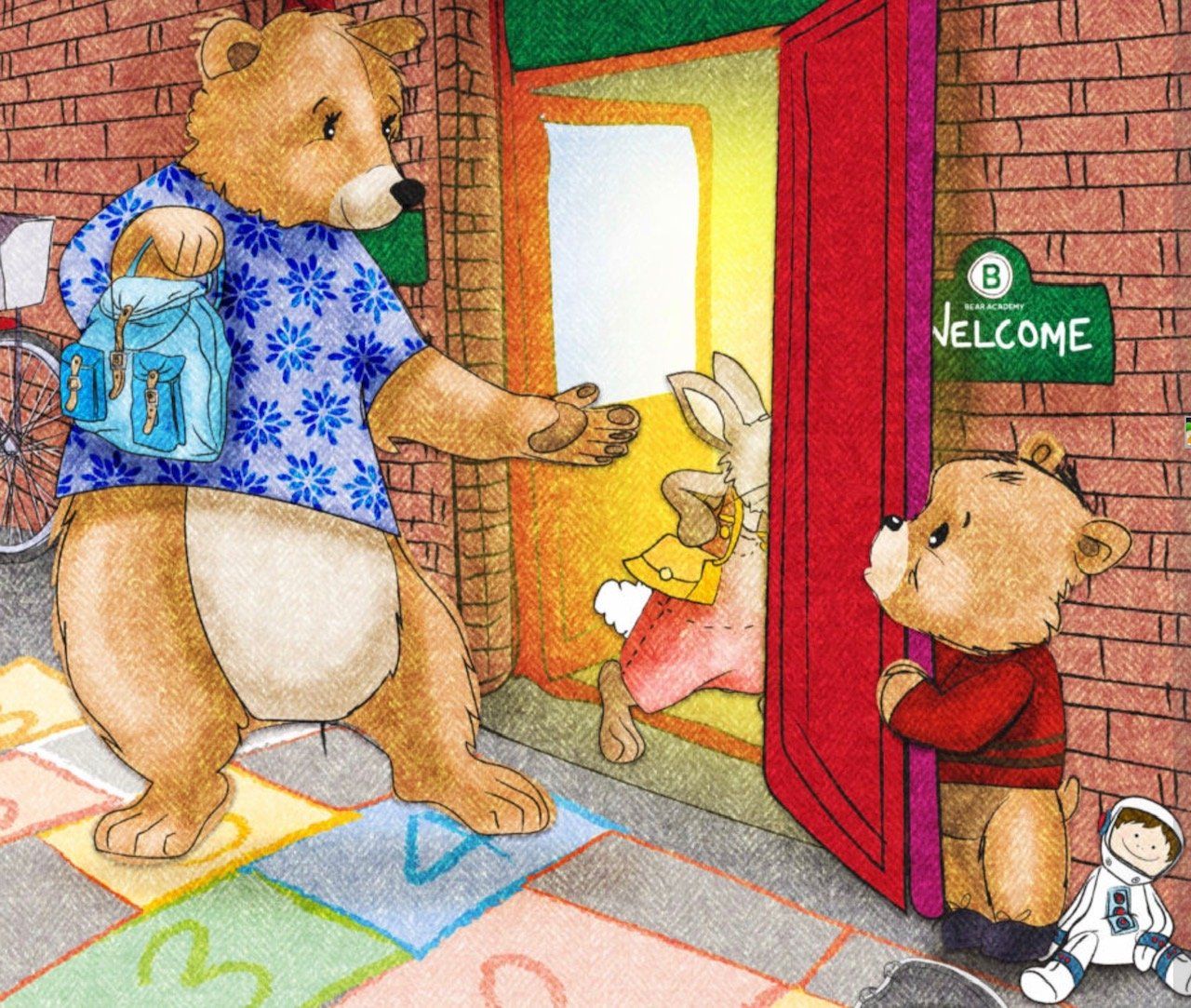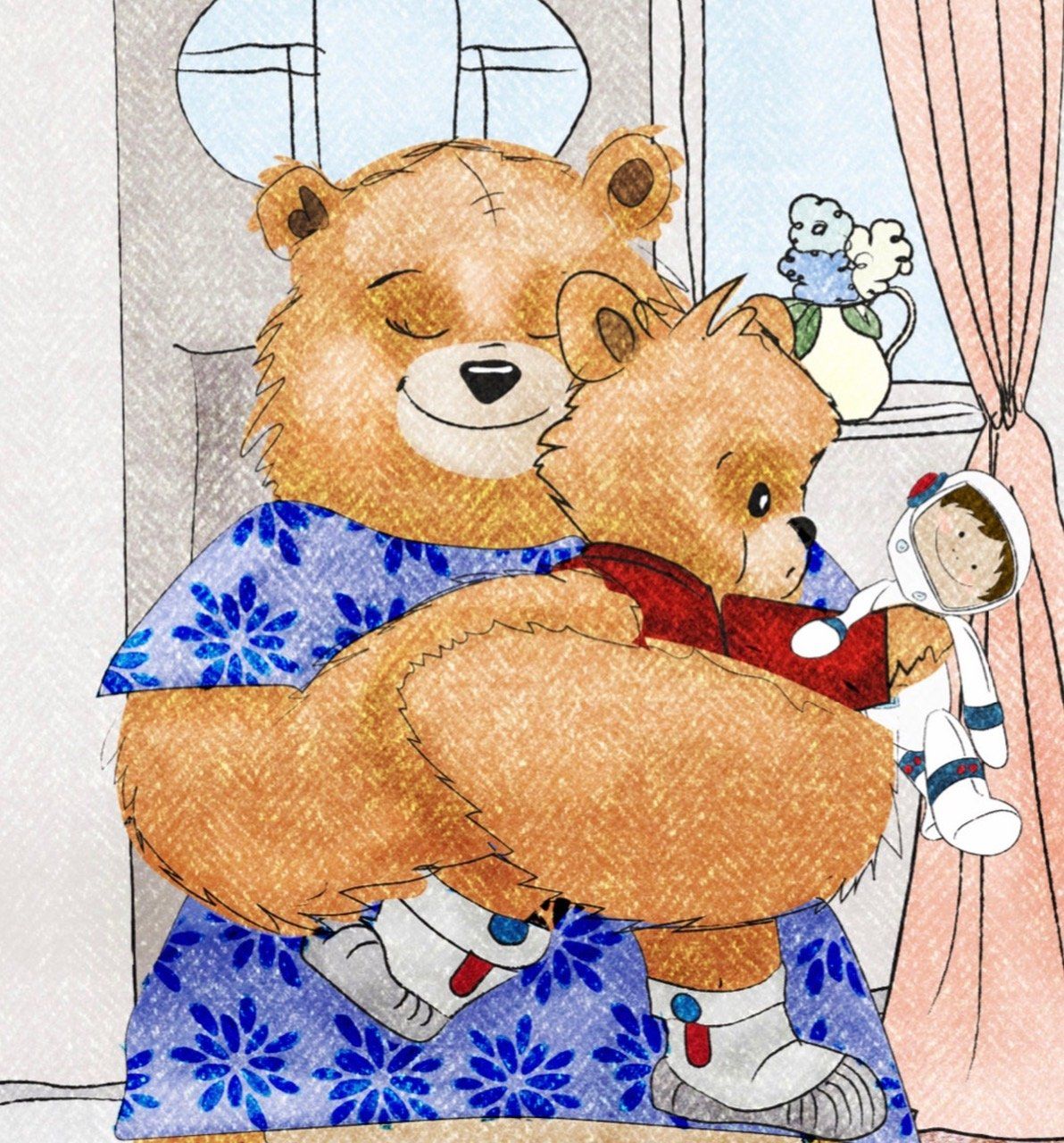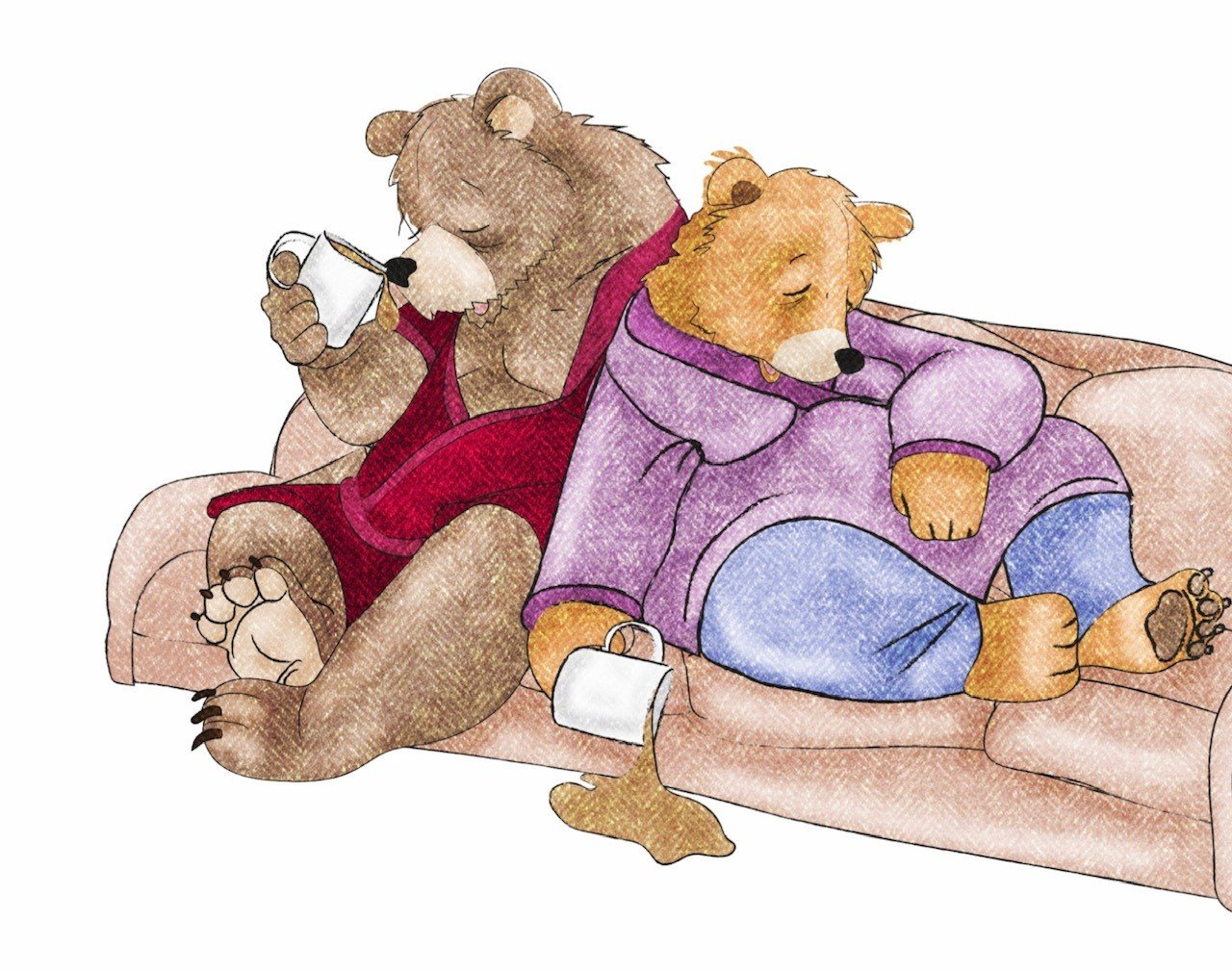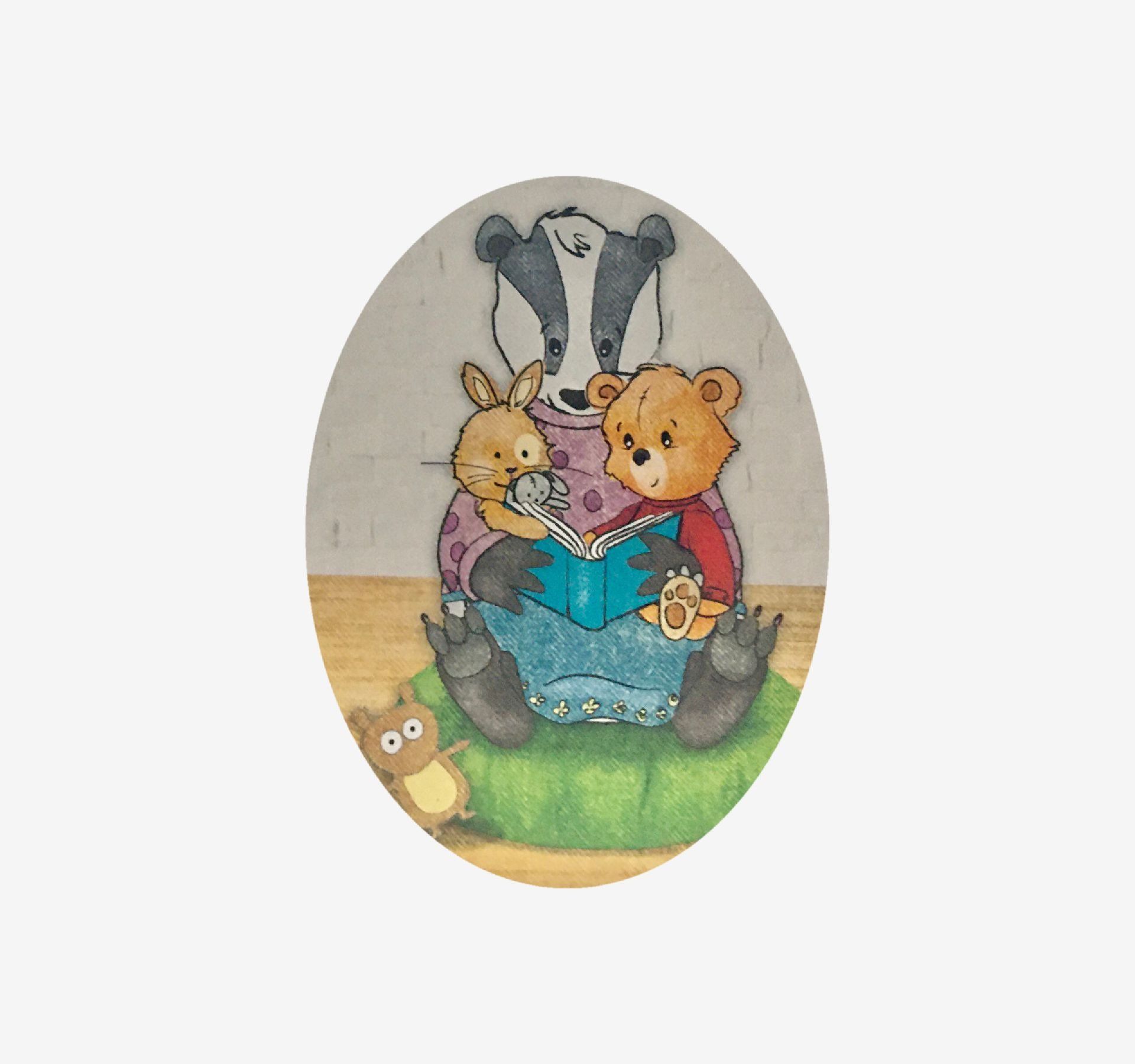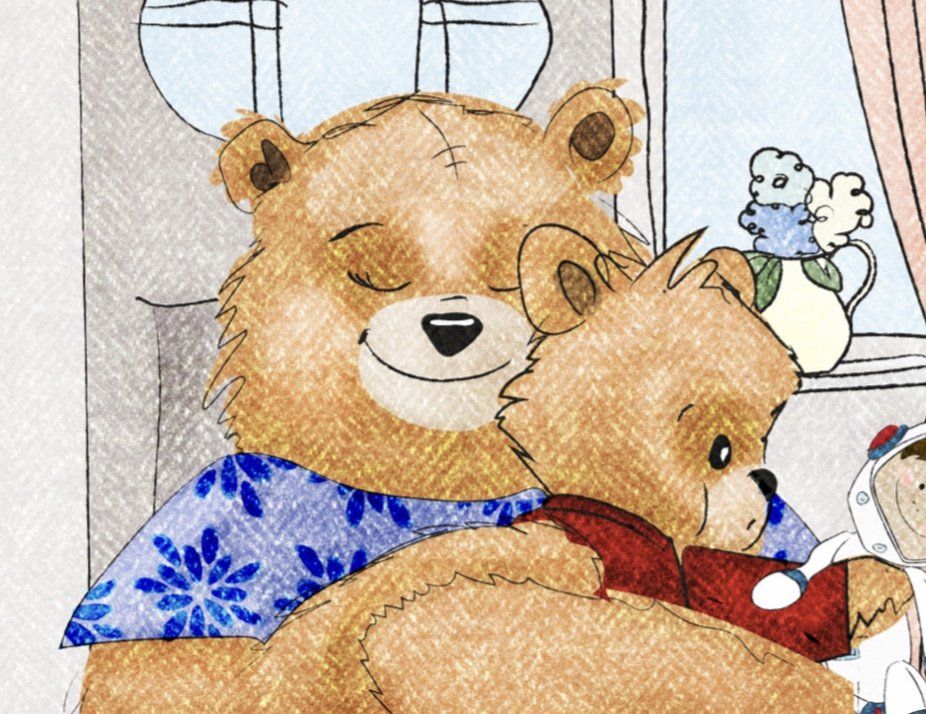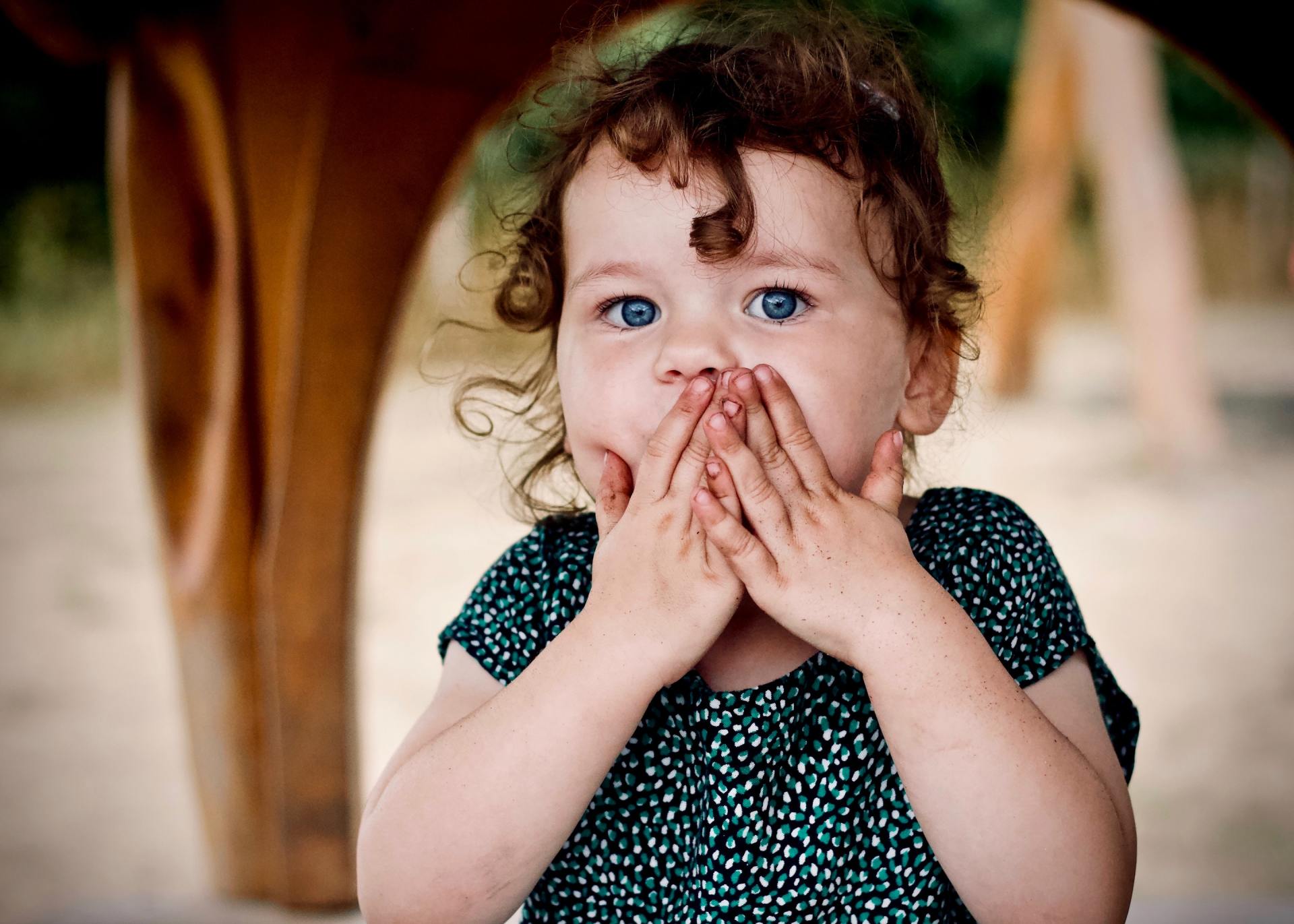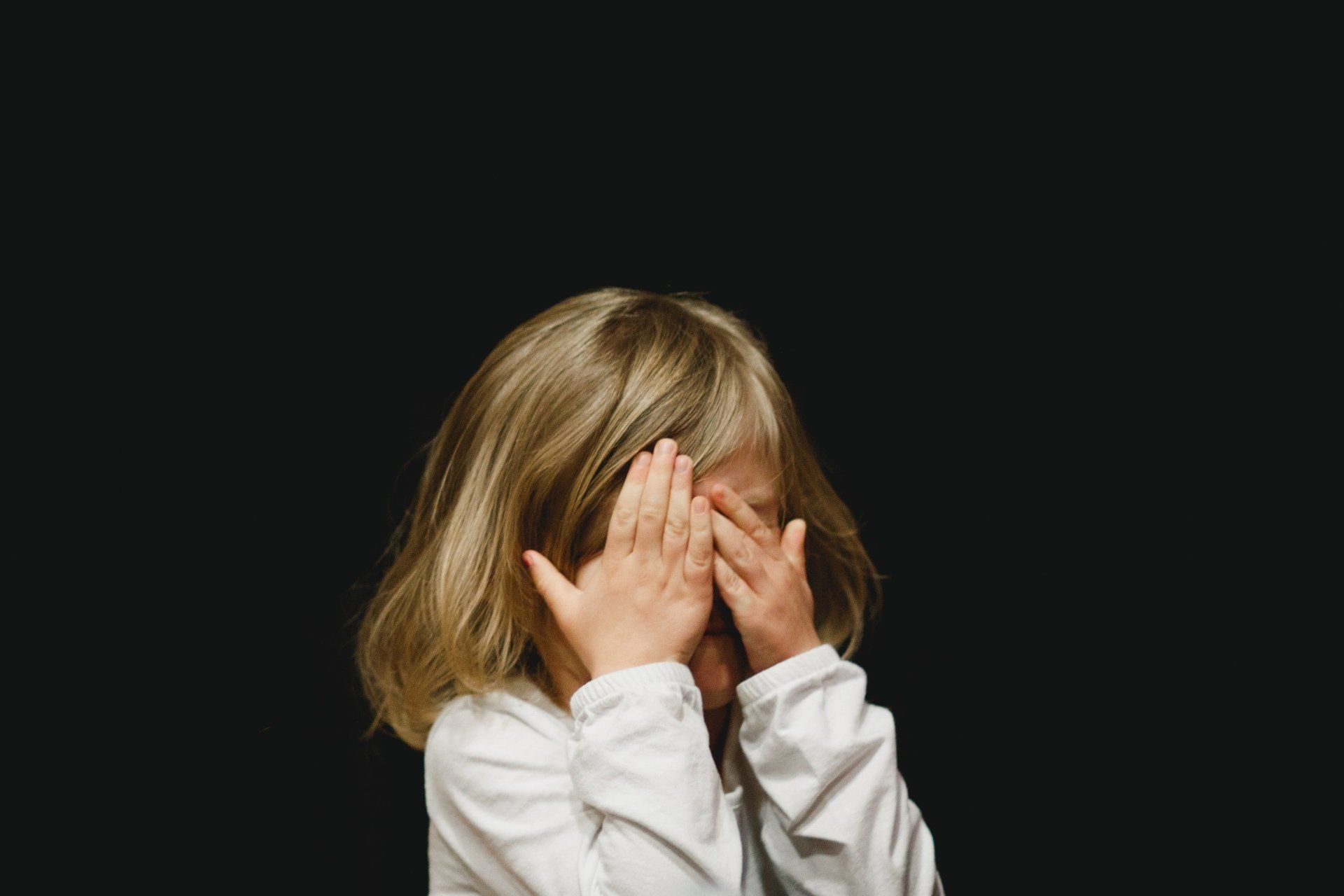Guilt and shame (why they aren't the same)
When we are little, particularly when we start testing the boundaries during toddlerhood, parents need to intervene to keep children safe. For those of you with little ones the word “NO” probably comes out more than you would like it to!
.
Guilt, whilst not the nicest of feelings, is tolerable and actually helpful. It helps us learn about pro-social behaviour and develop remorse. We feel safe enough to say sorry, we know that we are loved regardless of our behaviour, we can learn from what we have done. Pretty important really when it comes to navigating friendships and life in general.
Difficulties arise when, in the same situation, a parent does not repair that rupture. The child’s shame is not regulated. They don’t have someone telling them that they are still loved, despite their behaviour needing to stop. The shame stays without anyone to help them with it. Children can start to couple having boundaries put in with them (not their behaviour) being bad. The more this happens, the more “toxic” shame builds up. Sadly, this is something I see very often in the children I work with (those who have experienced early adversity) but something that their amazing adoptive parents are supporting them with beautifully.
Shame is an almost intolerable emotion which we do all we can to get away from. It actually comes from an Indo-European word meaning to hide. It is a feeling that I am worthless, unlovable or bad. Shame feels very threatening and we become quite self-focused. Not surprisingly, children develop ways of coping with this shame – they build a “shield of shame” (minimising, denying, blaming others, becoming extremely angry) and find it harder to accept that their behaviour was unhelpful and learn to make changes or consider others points of view.
So, to summarise…(it’s a longer post than I anticipated, rather free-styling here!)
- Shame is an emotion that develops in toddlers at the same time as parents are starting to provide boundaries and discipline.
- The process of shame is part of the process of teaching children acceptable behaviour.
- This is done through attunement – break – repair sequences.
- The attunement-break-repair exercise is an important part of parenting; the child needs to experience unconditional care whilst having limits put on behaviour.
- This allows the child to regulate shame, and then to experience guilt. Guilt is a more positive emotion in that it is other-focused. The child feels remorse and wants to make amends.
What about us?
We get it wrong as parents lots of the time! You will miss ruptures, you won’t always repair, and your attunement won’t always be spot on. That’s good enough! And remember, all children will, at times, get very angry and defensive – it’s not always a sign of shame.
It’s OK to feel a bit guilty. In fact, it’s probably quite helpful sometimes. For example, when I have noticed that things have gone a bit wonky in my parenting, I have made changes. I can only do this when I feel safe enough to reflect on the parenting mistakes I am making.
And this is only possible if I can say to myself (and believe what I am saying) “oops, I could have done that differently, I’ll try to do so next time, I’ve got too much on and am doing my best but it would be easier for all of us if I was a bit less shouty, note to self”. This feels much better that telling myself “I really am a crap mum and rubbish person, my children don’t like me and I just can’t get it right ever, what’s the point?”
For more information on the difference between shame and guilt see the wonderful Brene Brown and Oprah - Guilt and Shame - Bing video.
Believe me, I still do both at times, some of the things I call myself are horrible! Our self-critical voice can be ridiculously powerful but moving from shame to guilt can be really helpful, both for our children and for us. Be kind to yourselves as well as your children.
Sarah x
